Lichen Nature Study

Nature studies during the winter can be a little harder than the three other seasons, but there is one that is just as good in the winter as any other month. For a lichen nature study it doesn’t matter where you live or what season it is, you’re bound to be successful. Why? Because lichens grow everywhere… on trees, rocks, bare soil, plastics and really everything and on all seven continents! Lichen are so prolific, they cover approximately 7% of the earth’s surface!
What is lichen anyway?
Lichen is not a plant, although it sometimes has similar characteristics. Its actually a symbiotic relationship between a fungus and an algae! This relationship helps both the fungus and the algae survive. There are over 18,000 different species of lichen and scientists are really still just learning about what they are, where they live, and all the nuances about them.
You remember fungus is any group of spore-producing organisms that feed on organic matter. Algae is a simple, one-cell organism that does not flower. Algae does not have true stems, roots, leaves or vascular tissues like most plants but they do produce sugar through photosynthesis.
When you study a lichen, what you are actually looking at is what they build and grow together, scientists call it a thallus. That is what you see when you are looking at lichen. The fungus really creates the thallus and the algae feeds the fungus by producing sugar, through photosynthesis.
One way to remember the members of this partnership is to recall this saying:
Annie Alga and Fred Fungus took a lichen to each other, but their relationship has been on the rocks ever since!
Get it? Lichen grow on rocks!
Why study lichen?
There are many science concepts inherent in these fascinating organisms. First, as I mentioned earlier is the ecological relationship called symbiosis. (This can also be used in character education if you are working on cooperation!)
Observing lichen also gives opportunities for practice looking carefully at features and attributes and then classifying organisms into the proper group. Lichen are a great example of a well adapted organism. If you are studying different habitats or regions of the world, lichen is an example of a living thing that can be found in many places, from the arctic to the desert.
Another reason to study lichen is because they can also tell you about your air quality. They are called bioindicators because they are sensitive to atmospheric pollution. If you have many yellow lichen, it is because they are absorbing pollutants out of the air and rain and they can become toxic. These pollutants can also cause lichen to die.
Did you know there is a field of study for lichens called lichenology and scientists in this discipline are called lichenologists. So lichenologists track the health of lichen so they know about the air quality around them.
Lichen Nature Study Details
There are three main groups of lichen: crustose, foliose and fruticose.
Crustose are thin and crust-like, and they look like peeling paint on a rock or tree trunk.
Foliose are leaf-like (think: foliose = foliage).
Fruticose is like a small plant, with branches, almost shrub-like. Some grow really fast and others super slow.
What are lichen used for?
Lichen is home to small bugs but some are eaten by bugs, and birds use lichen in building their nests. Lichen are part of many food chains, but a particularly fascinating one is that of lichen and reindeer (or caribou) in the arctic. This might be a fun research portion of a food chain or food web unit. Human uses for lichen include natural dyes, perfumes, litmus paper, and is in some traditional medicines.
Go on a Lichen Scavenger Hunt!
Grab a camera, your magnifying glass, and your favorite nature journal. Step outside and look around. If you look carefully, you are bound to find one because they are well adapted to growing in all sorts of places. But be careful, yellow lichen are poisonous, they contain vulpinic acid.
Print this guide and take it with you to help your children identify the lichen they are studying.
Take a photo, or make a sketch of what you find. I like to use colored pencils to nature journal because it is easier to color my sketches more accurately. See if you can find all three types of lichen. Are there more of one type than another in the area you are searching? Do you have fast or slow growers in your yard?
Want to see some beautiful drawings of lichen to inspire you in your own homeschool study? Claire Kathleen Ward has several different sets of drawings, you can see them all here.
Become a Citizen Scientist
Did you know you can help scientiests with the things you see while you are out on your lichen nature study? You can submit your lichen observations to inaturalist.org and this will help researchers and scientists stay informed about the distribution and health of the ecosystem in urban and natural areas!
A lichen nature study is a great excuse to get some fresh air and practice your outdoor observation skills!
Happy exploring!




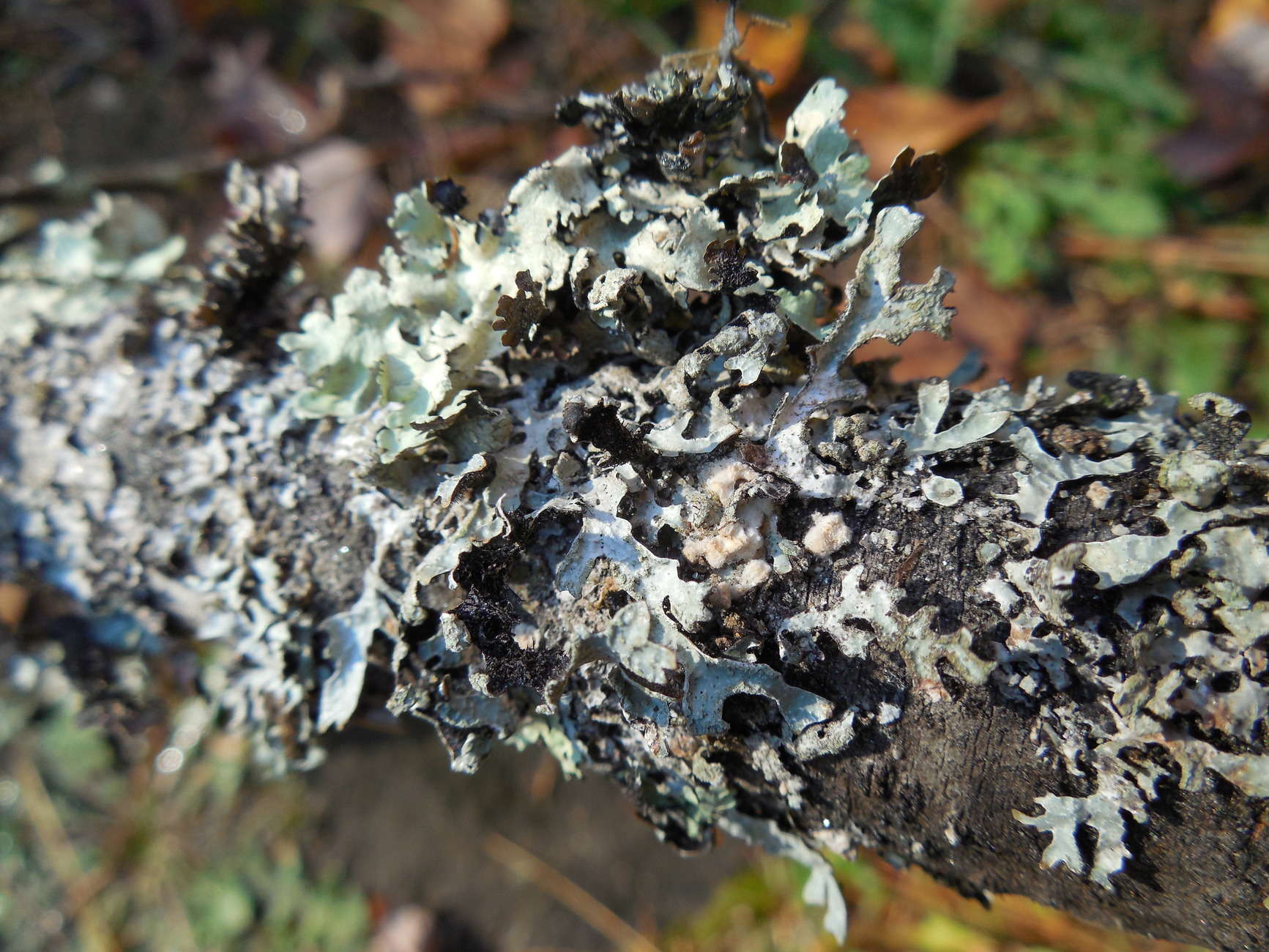
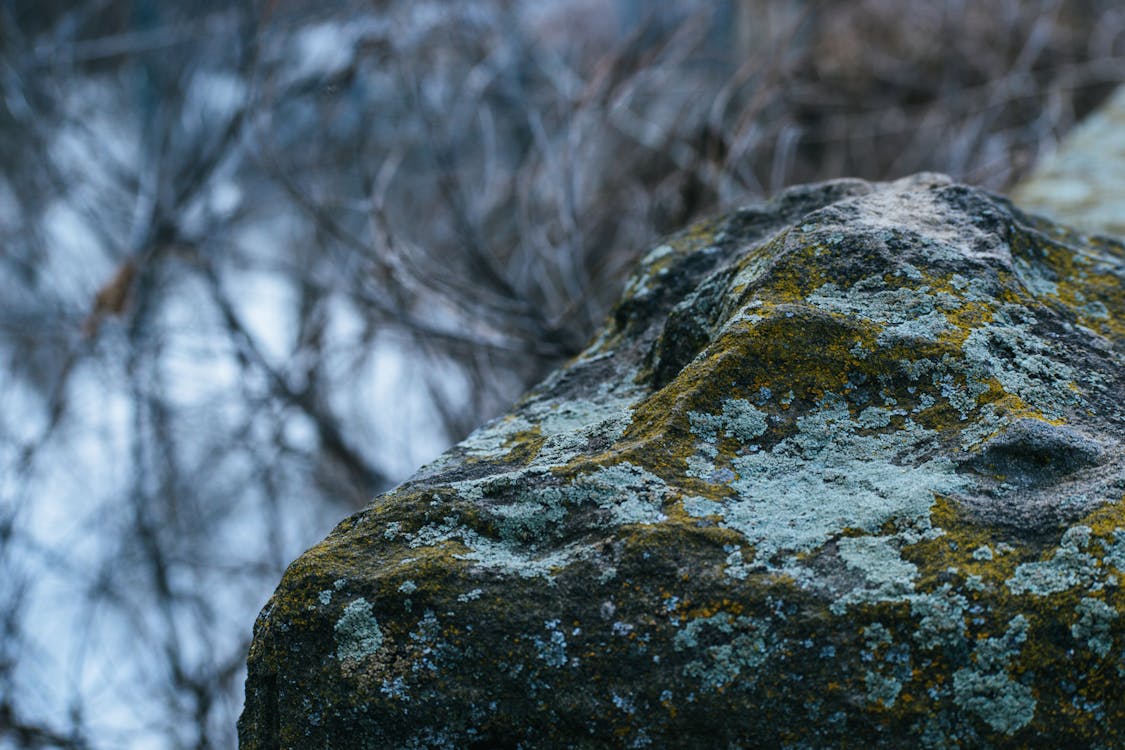
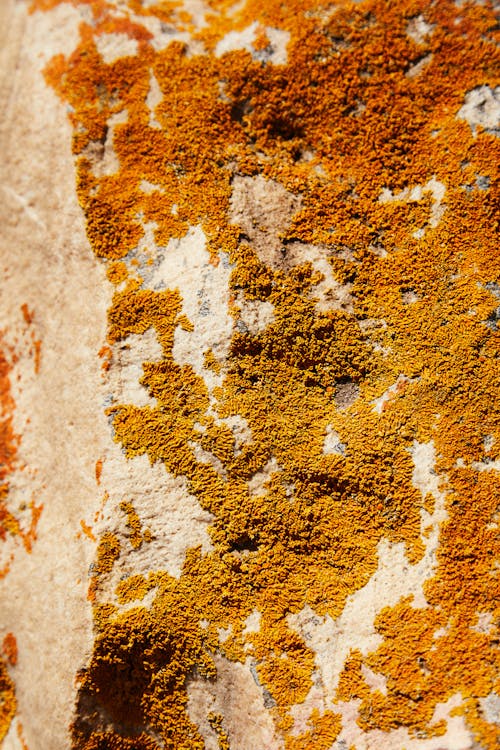

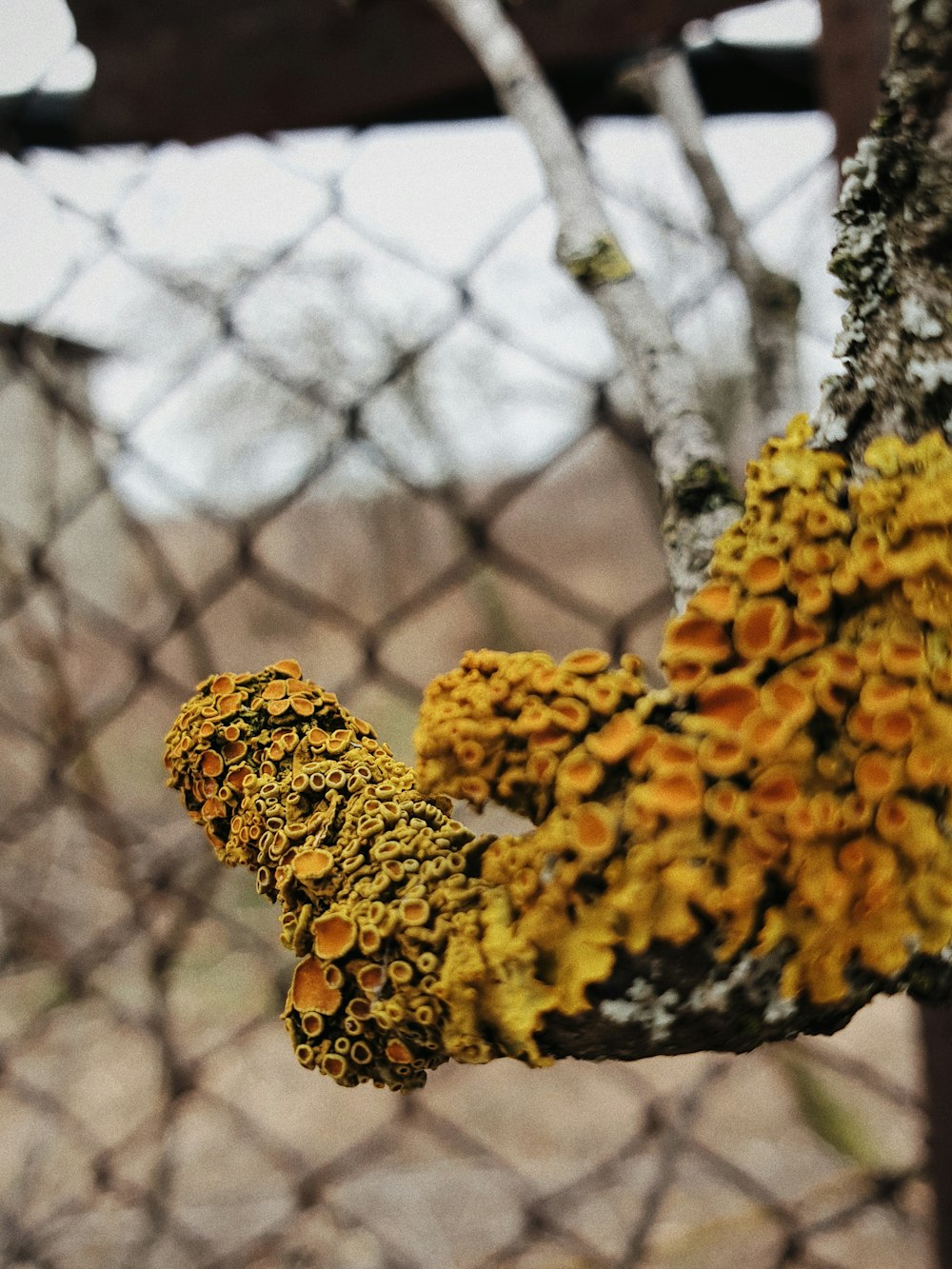
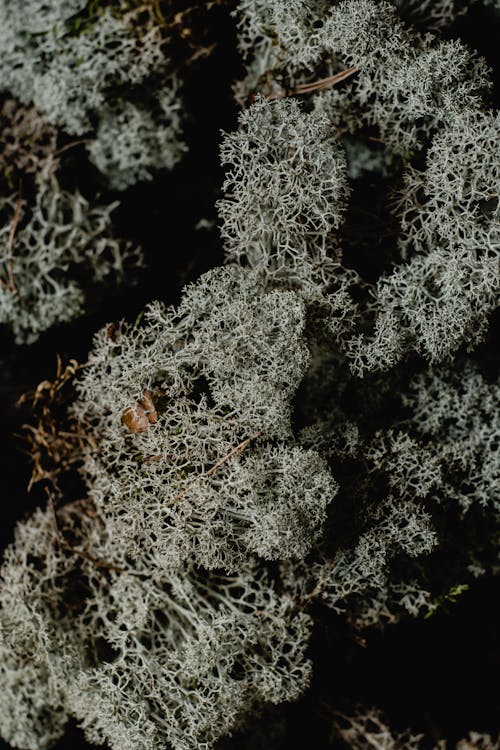
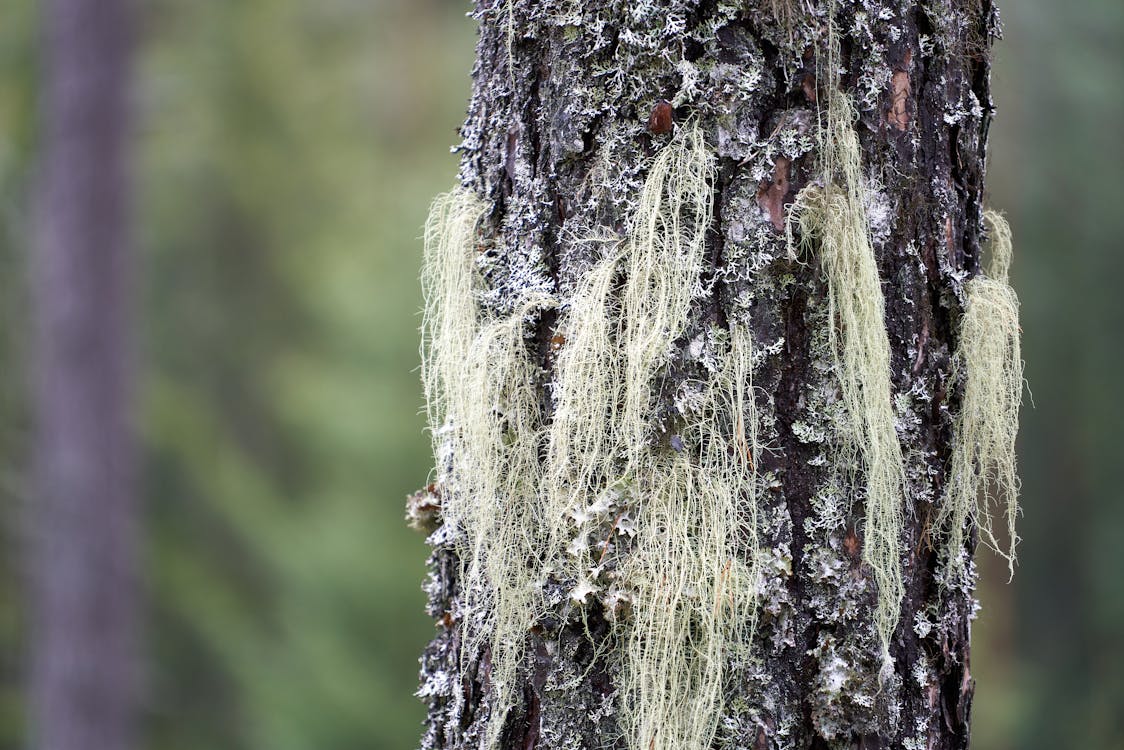
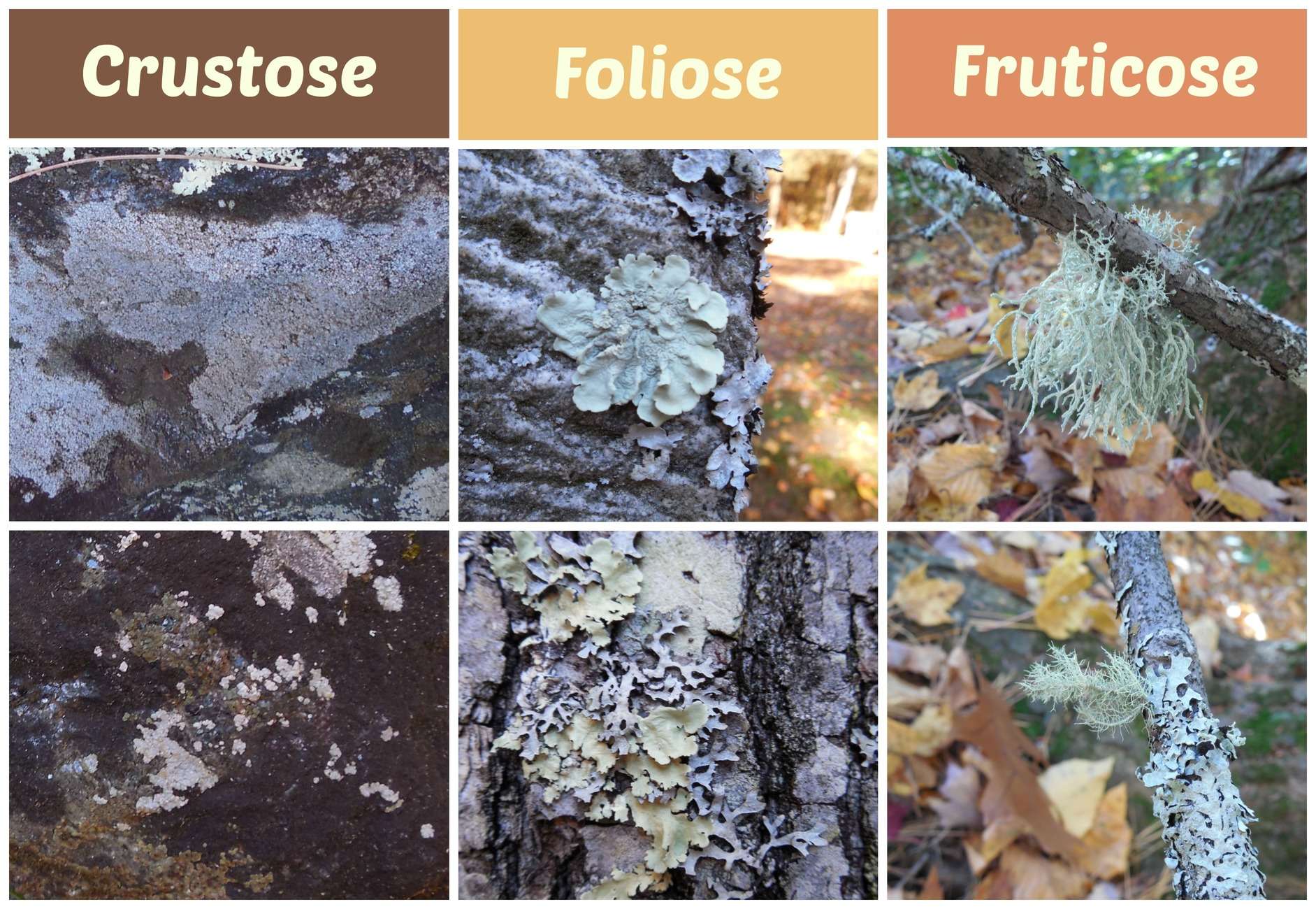
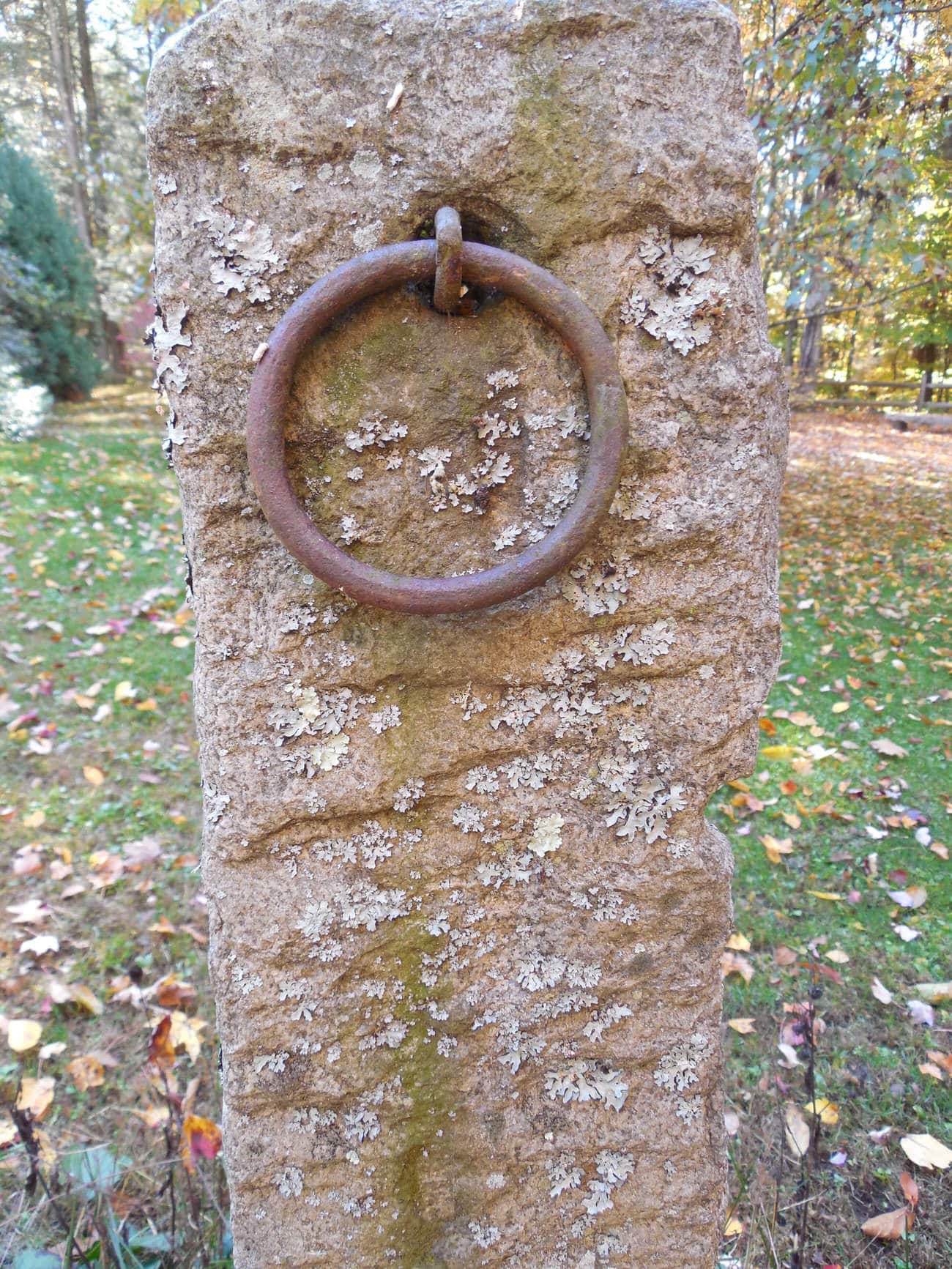
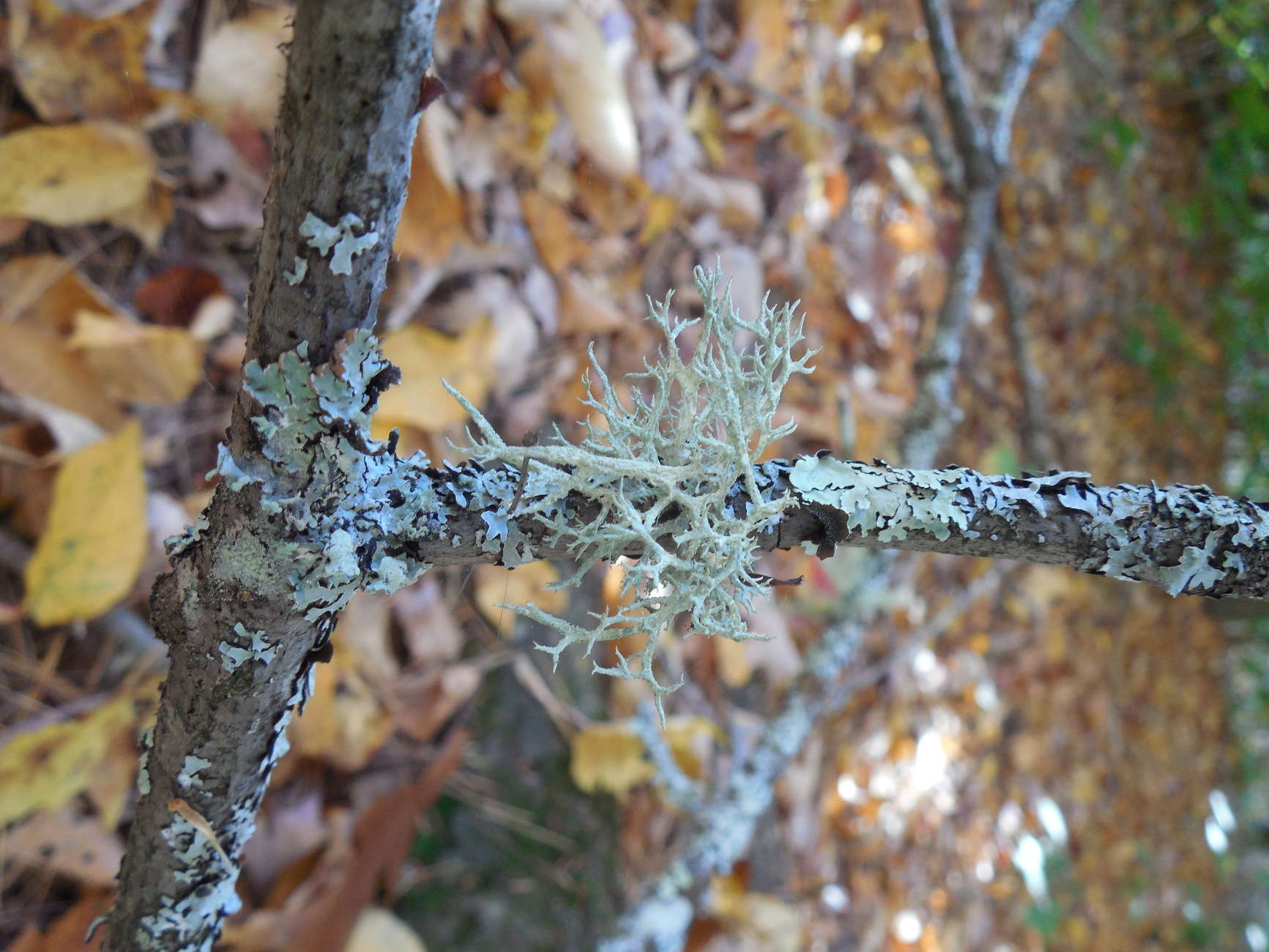





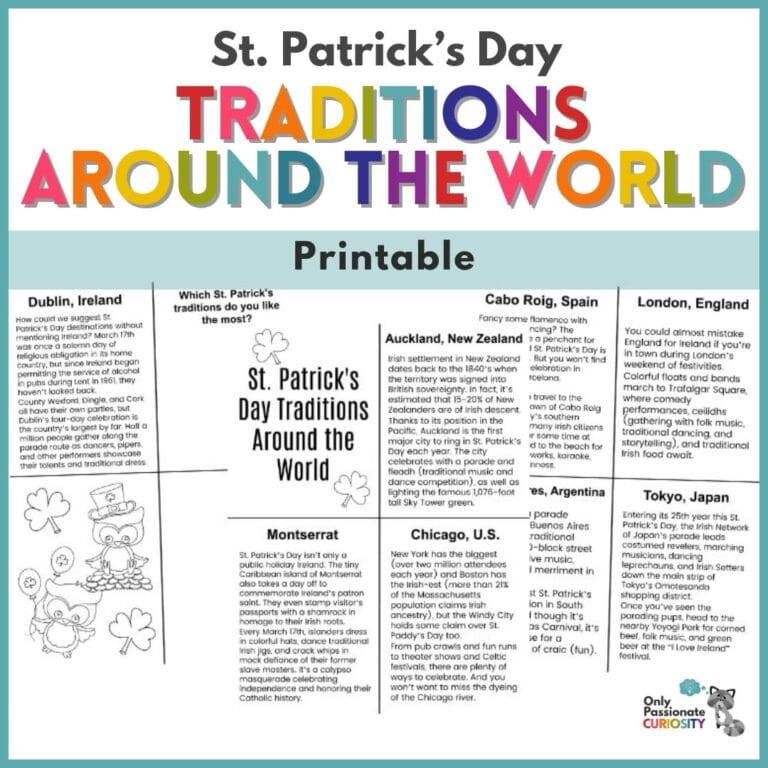
0 Comments